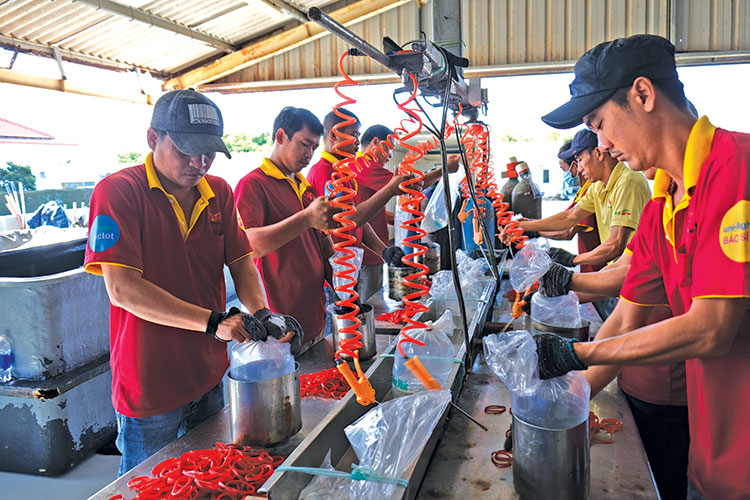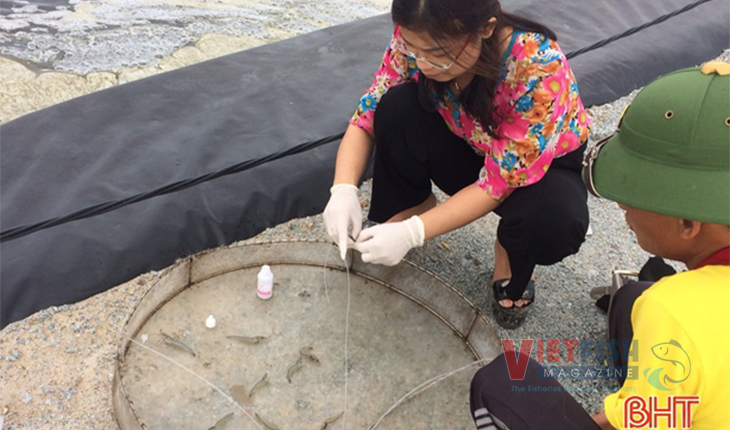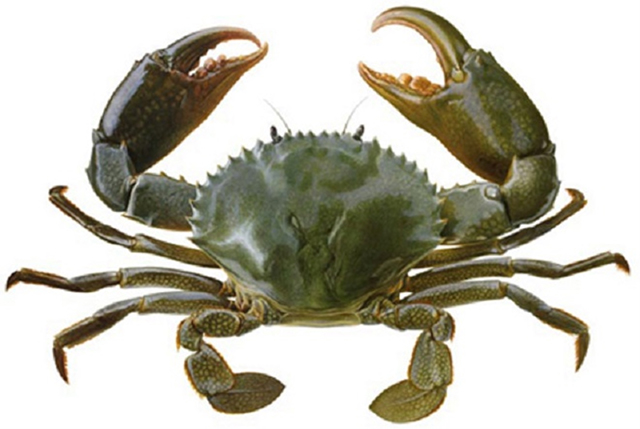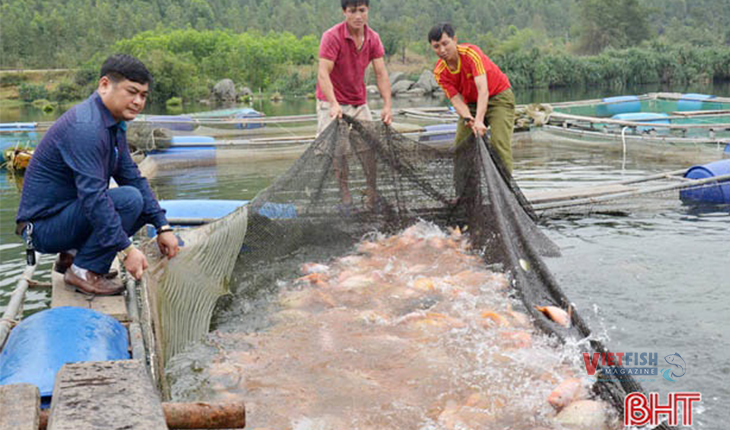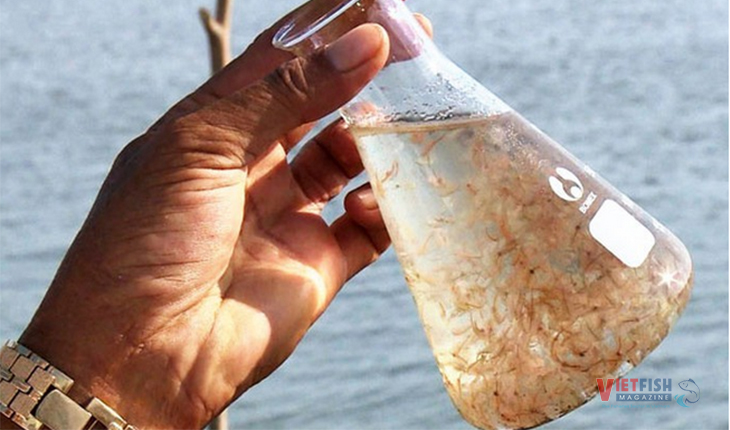Pangasius industry gets boost
The “Establishing a Sustainable Pangasius Supply Chain in Việt Nam” project (SUPA) has brought significant improvement to the pangasius supply chain, resolving environmental concerns, improving efficiency and ensuring consistent quality, a meeting heard in HCM City on Wednesday.The project has also opened up new markets for Vietnamese pangasius products.
Before the programme began, pangasius exports had been rising sharply to account for 30 per cent of the country’s total aquaculture exports, but the sector’s development was not steady. The rapid growth had caused concern among stakeholders and the Government, who were wondering how to ensure the sector’s long-term sustainability.
In 2013, the project, in co-operation with the World Wide Fund for Nature, the Việt Nam Cleaner Production Centre and the Việt Nam Association of Seafood Exporters and Producers, started implementing strategic activities to support pangasius producers and processors in the Cửu Long (Mekong) Delta.
Funded by the EU through its EU SWITCH-Asia programme, the project was undertaken for four years until March 2017, seeking to enhance the global competitiveness of Việt Nam’s pangasius industry, minimise the environmental fallouts and boost responsible production.
Speaking at the closing ceremony of the project, Trần Văn Tớp, vice principal of the Hà Nội University of Science and Technology and chairman of the SUPA Steering Committee, said the project supported over 50 enterprises, 120 farms, 130 households and 12 co-operatives, as well as trained nearly 3,000 participants.
It consulted and trained farmers in increasing the fish’s survival rate and reducing feed costs and environmental effects during the process of hatching and production. It also technically supported 33 farms and co-operatives in obtaining international sustainable seafood certification, including from the Aquaculture Stewardship Council.
“The project helped processing firms improve their capacity and advised more than 70 plants in resource efficiency and cleaner production, helping them cut electricity consumption by 18-20 per cent and water consumption by 26-30 per cent.” In this manner, the programme helped 54 pangasius processing plants annually cut production costs by VNĐ2-5 billion (US$87,800- 219,300) per plant and CO2 emissions by 21,000 tonnes.
It also connected producers in Việt Nam with international buyers, especially in the EU, creating better export opportunities, Lê Xuân Thịnh, project manager, Việt Nam Cleaner Production Centre, said. It collaborated with experts to organise co-creation sessions with consumers in Europe and Việt Nam to help the producers create new products with improved quality and meet consumers’ demands, he said.
Mag.Karim Ben Romdhane, seafood analyst at WWF Austria, said besides helping promote Vietnamese pangasius at the Seafood Expo Global, the world’s largest seafood expo, for the last three years, the WWF also invited European retailers to visit Việt Nam and take a look at certified pangasius farms as a way to attract buying.
There was still a negative image of pangasius in certain parts of Europe, and so WWF and the Vietnamese pangasius industry had to communicate the improvements achieved through the project to European consumers, he said.
“Improvements have been achieved but not communicated to consumers in Europe yet. So I would invest more energy, more money to communicate these improvements to European consumers so that the image of pangasius gradually changes in the next few years.” Lê Xuân Thịnh suggested establishing an information centre for seafood, especially for pangasius, to promote Vietnamese seafood including pangasius and protest against the media smear campaign in Europe. He also urged donors to continue assisting the pangasius industry with technical and quality standards.
Trần Đình Luân, deputy director of the General Directorate of Fisheries, hailed the programme’s achievements, saying that the programme had helped producers cut costs, develop new, popular products and, especially, create a closed supply chain. The directorate was undertaking many activities to help the sector’s development, he said.
VNS


